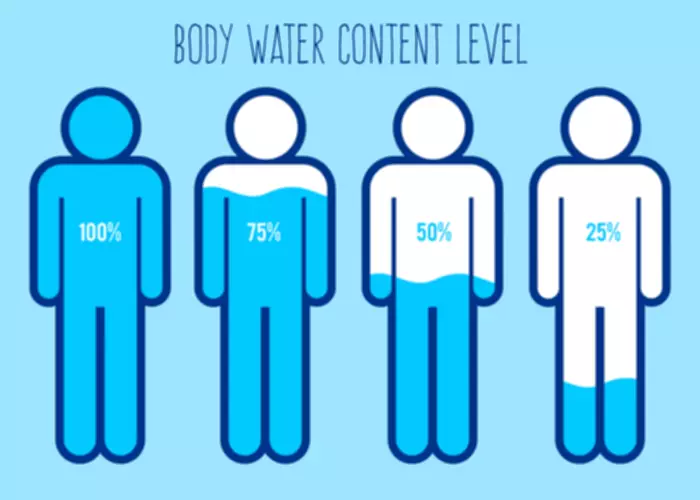
Mortality specifically due to AKA has been linked to the severity of serum beta-hydroxybutyric acid in some studies. Alcoholic ketoacidosis is a metabolic complication of alcohol use https://ecosoberhouse.com/ and starvation characterized by hyperketonemia and anion gap metabolic acidosis without significant hyperglycemia. Alcoholic ketoacidosis causes nausea, vomiting, and abdominal pain.
Take Our Alcohol Abuse Self-Assessment
Prolonged vomiting leads to dehydration, which decreases renal perfusion, thereby limiting urinary excretion of ketoacids. Moreover, volume depletion increases the concentration of counter-regulatory hormones, further stimulating lipolysis and ketogenesis. After finishing his medical degree at the University of Auckland, he continued post-graduate training in New Zealand as well as Australia’s Northern Territory, Perth and Melbourne. If indicated, provide follow-up with AKA patients to assess the problem of alcohol abuse. Consider referral to a counselor at an alcohol treatment center. People with this condition are usually admitted to the hospital, often to the intensive care unit (ICU).
Management of alcoholic ketoacidosis
- You may get vitamin supplements to treat malnutrition caused by excessive alcohol use.
- Other electrolyte abnormalities concomitantly present with alcohol abuse and poor oral intake include hypomagnesemia and hypophosphatemia.
- This activity illustrates the evaluation and treatment of alcoholic ketoacidosis and explains the role of the interprofessional team in managing patients with this condition.
They can also reduce the amount of insulin your body produces, leading to the breakdown of fat cells and the production of ketones. Exclude other causes of autonomic hyperactivity and altered mental status. If the diagnosis of alcohol withdrawal syndrome is established, consider the judicious use of benzodiazepines, which should be titrated to clinical response. Patients are usually tachycardic, dehydrated, tachypneic, present with abdominal pain, and are often agitated.
McGraw Hill Medical

Prolonged used of alcohol can result in cirrhosis, or permanent scarring of the liver. Cirrhosis of the liver can cause exhaustion, leg swelling, and nausea. This narrative review evaluates the pathogenesis, diagnosis, and management of AKA for emergency clinicians. The prevalence of AKA in a given community correlates with the incidence and distribution of alcohol abuse in that community. Treatment may involve fluids (salt and sugar solution) given through a vein. You may get vitamin supplements to treat malnutrition caused by excessive alcohol use.
- Alcoholic ketoacidosis is attributed to the combined effects of alcohol and starvation on glucose metabolism.
- They can also reduce the amount of insulin your body produces, leading to the breakdown of fat cells and the production of ketones.
- Treatment for alcohol addiction is also necessary to prevent a relapse of alcoholic ketoacidosis.
- Laboratory analysis plays a major role in the evaluation of a patient with suspected alcoholic ketoacidosis.
The underlying pathophysiology is related to poor glycogen stores and elevated nicotinamide adenine dinucleotide and hydrogen. This results in metabolic acidosis with elevated beta-hydroxybutyrate levels. Patients with AKA most commonly present with a history of alcohol use (acute or chronic), poor oral intake, gastrointestinal symptoms, and ketoacidosis on laboratory assessment. Patients are generally dehydrated, and serum glucose can be low, normal, or mildly elevated.

The toxicokinetics that are pertinent to the diagnosis of AKA include the rate of alcohol oxidation in the body. Ethyl alcohol oxidizes at a rate of 20 to 25 mg/dL per hour in most individuals. The accompanying lack of alcohol in the alcoholic ketoacidosis patient’s body and the fact that for some time, the only source of calories that a patient has is ethanol both contribute to the clinical syndrome that we see. Each of these situations increases the amount of acid in the system.

If you are diagnosed with alcoholic ketoacidosis, your recovery will depend on a number of factors. Seeking help as soon as symptoms arise reduces your chances of serious complications. Treatment for alcohol addiction is also necessary to prevent a relapse of alcoholic ketoacidosis.
Alcoholic Ketoacidosis Treatment & Management
- Neurologically, patients are often agitated but may occasionally present lethargic on examination.
- With timely and aggressive intervention, the prognosis for a patient with AKA is good.
- Dehydration and volume constriction directly decrease the ability of the kidneys to excrete ketoacids.
- The condition is an acute form of metabolic acidosis, a condition in which there is too much acid in body fluids.
- These conditions have to be ruled out before a medical professional can diagnose you with alcoholic ketoacidosis.
NYU Langone Medical Center is one of the nation’s premier academic medical centers whose mission is to serve, teach, and discover. Patients generally do not need to be transferred to special facilities. Appropriately evaluate the patient for any life-threatening complications before a transfer is considered. American Addiction Centers (AAC) is committed to delivering original, truthful, accurate, unbiased, and medically current information. We strive to create content that is clear, concise, and easy to understand. Calcium oxalate crystals in the urine also suggests ethylene glycol poisoning.
Evaluation and management of the critically ill adult with diabetic ketoacidosis

